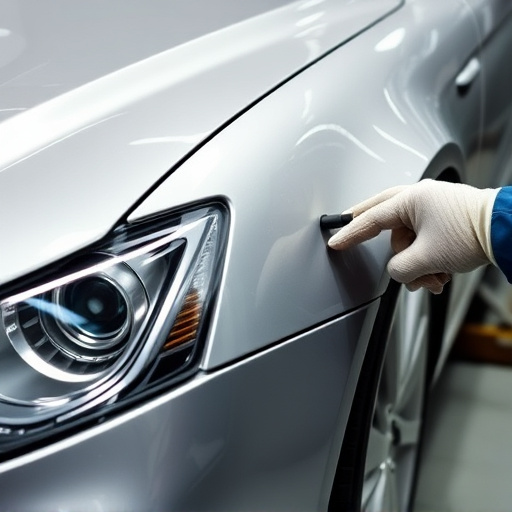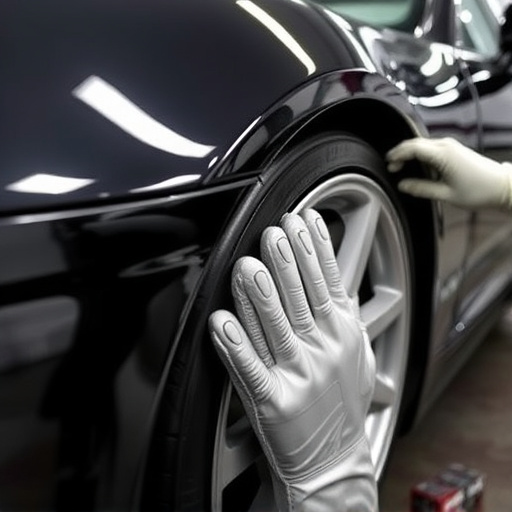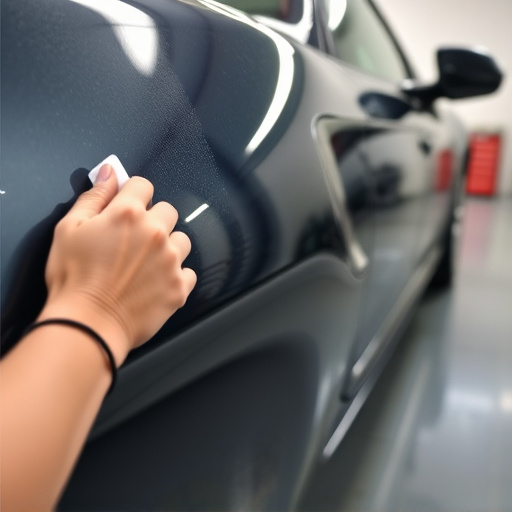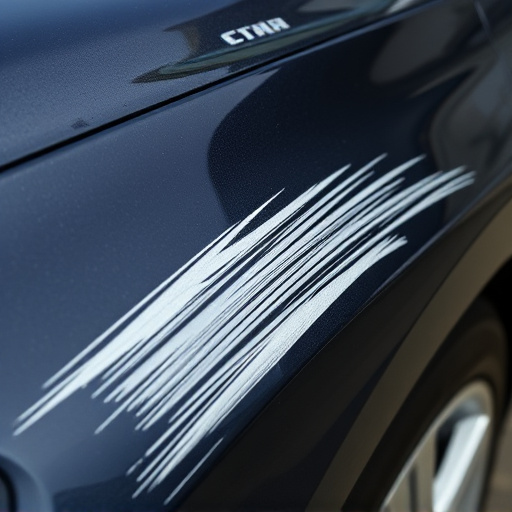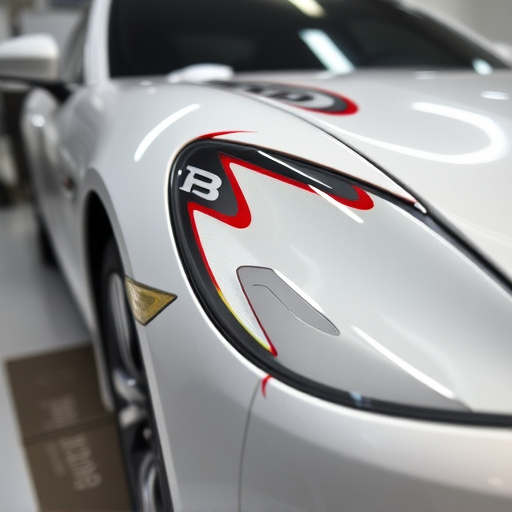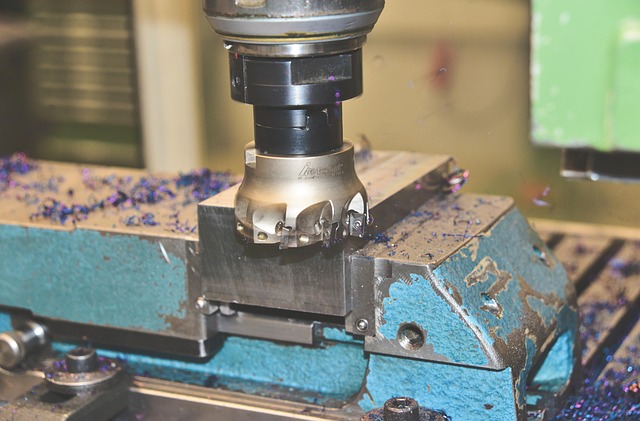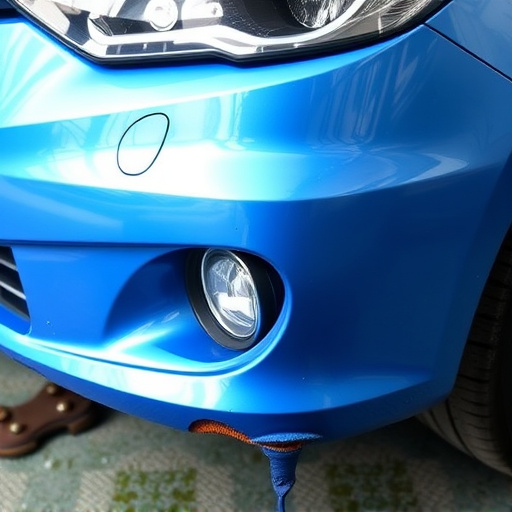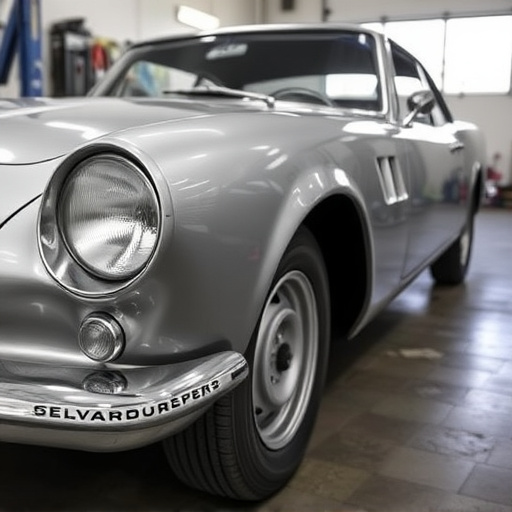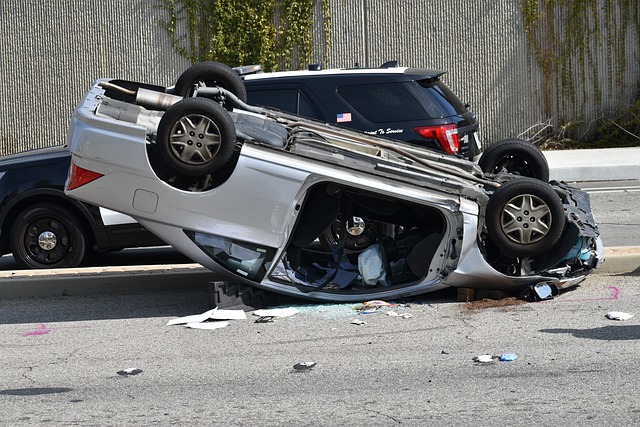Laser alignment is a cutting-edge safety technology that uses lasers to precisely calibrate vehicle components, reducing collision risk, extending vehicle lifespan, and enhancing driver/passenger safety. Essential for collision repair specialists, this system improves visibility by meticulously realigning headlights, taillights, and cornering lamps. Beyond collision prevention, laser alignment boosts vehicle stability, control, and cornering capabilities, supporting advanced driver assistance systems (ADAS) and ensuring seamless operation of critical safety features, ultimately contributing to a safer road environment.
In today’s advanced world, laser alignment plays a pivotal role in ensuring modern safety systems function optimally. This technology goes beyond simple accuracy, preventing potential collisions and enhancing overall efficiency. From autonomous vehicles to industrial machinery, laser alignment ensures precise positioning, critical for safe operations. By understanding the mechanics of laser technology and its far-reaching applications, we can appreciate why it’s an indispensable tool for maintaining safety in various sectors, especially with the growing emphasis on collision avoidance.
- The Role of Laser Alignment in Modern Safety Systems
- Preventing Collisions: How Laser Technology Works
- Benefits and Applications Beyond Collision Avoidance
The Role of Laser Alignment in Modern Safety Systems

In modern safety systems, laser alignment plays a pivotal role, ensuring that vehicles and machinery are precisely configured to prevent accidents. This advanced technology is instrumental in enhancing overall safety, particularly in automotive settings. Laser alignment tools provide exact measurements, allowing auto body services and vehicle body shops to correct any misalignments in critical components such as wheels, suspension systems, and lighting fixtures. By maintaining optimal alignment, these repairs can significantly reduce the risk of collisions, especially at high speeds.
Moreover, laser alignment is not just a one-time fix but an ongoing process required for effective collision repair. It helps maintain the structural integrity of vehicles, ensuring that components work in harmony during every drive. This precision engineering not only extends the lifespan of vehicles but also offers peace of mind to drivers and passengers alike. For collision repair specialists, staying up-to-date with laser alignment technologies is crucial to delivering top-quality services and contributing to a safer road environment.
Preventing Collisions: How Laser Technology Works
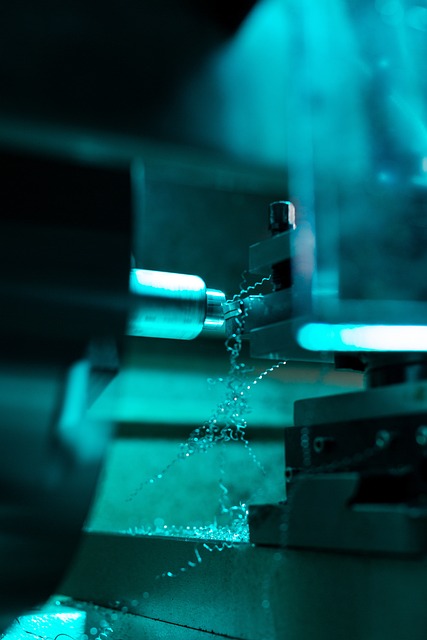
Laser alignment plays a pivotal role in modern safety systems by significantly reducing the risk of collisions on roads. This advanced technology employs lasers to accurately measure and adjust vehicle components, ensuring optimal positioning for maximum safety. By precisely aligning key elements like headlights, taillights, and cornering lamps, laser technology enhances visibility, allowing drivers to detect potential hazards with greater ease.
In car repair services, laser alignment is crucial not just for preventing collisions but also for maintaining the integrity of auto bodywork. This is particularly important in the event of a minor accident or during routine car paint repair, where precision is key to restoring the vehicle’s safety features to their optimal state. Unlike traditional methods, laser technology offers a more efficient and precise solution, ensuring that every adjustment is made with the utmost care and accuracy, thereby enhancing overall road safety for all vehicles on the road.
Benefits and Applications Beyond Collision Avoidance

Laser alignment goes beyond simply preventing collisions. It offers a multitude of benefits for modern safety systems, enhancing overall vehicle stability and control. By accurately aligning wheels and tires, lasers can improve cornering capabilities, reduce skidding risks, and enhance traction on various road surfaces. This precision is not just about safety; it contributes to better fuel efficiency and longer tire life.
Moreover, laser alignment is crucial for advanced driver assistance systems (ADAS). Features like lane keep assist, adaptive cruise control, and automatic emergency braking rely on accurate wheel positioning data. Imprecise alignment can lead to false readings and system malfunctions, compromising the safety features designed to prevent car collisions. Thus, regular laser alignment not only supports collision avoidance but also ensures optimal performance of these critical safety systems, ultimately contributing to a smoother and safer driving experience.
Laser alignment plays a pivotal role in modern safety systems, enhancing overall efficiency and preventing potential collisions. By accurately aligning components, laser technology ensures optimal performance in various applications, from automotive and industrial settings to aviation and robotics. Its benefits extend far beyond collision avoidance, offering improved accuracy, reduced downtime, and enhanced operational reliability. Embracing laser alignment as a standard practice is crucial for staying ahead in the pursuit of safer, more efficient technologies.
